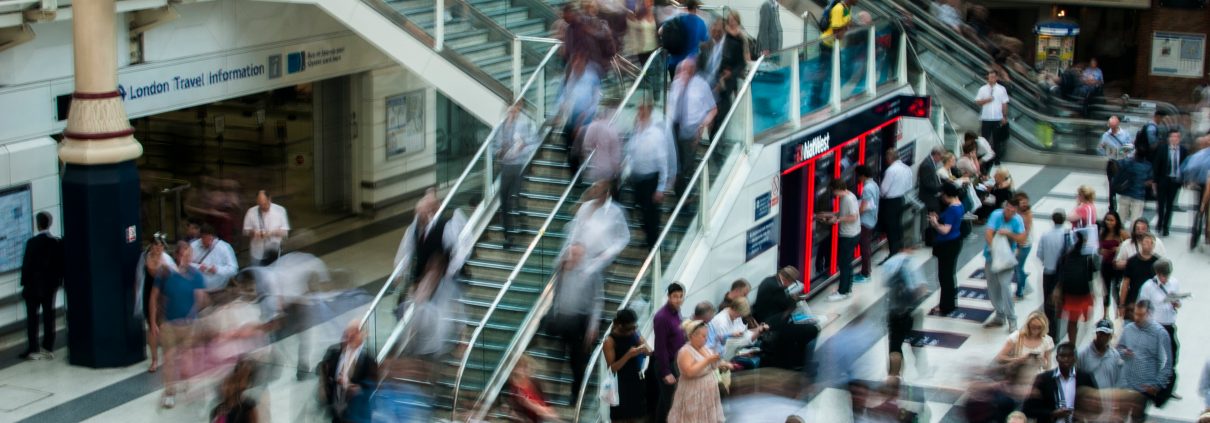Where to Put the Next Billion People
In a report published in the journal Nature, urban expansion is discussed with regards to the planet’s booming population. The world’s population is set to increase by one billion by 2030. Urban expansion alters a city’s ‘big seven’: natural vegetation, agricultural land, clean water, jobs, housing, transport and communities. Moving forward, we need worldwide cooperation on a new approach to planning cities that will house all of these new people and stop our increasingly heavy ecological footprint.
This will require international and national policies for environmental protection, urban development and human migration. Each city must develop an urban regional plan. As far as where people can go, there are large areas in the Americas, central Africa, and Asia. Also, metropolitan regions should encourage and develop compact communities. Great examples of this are Portland, Oregon, and Canberra, Australia. They provide space for sustainable communities and limits the loss of valuable land.
Global-scale land planning and human migration issues should be linked to international agreements on water stress, clean water and environmental degradation. The source and target areas of human migration should receive particular attention. Such agreements might highlight groundwater quantity and quality in urban regions. Immigration policies should encourage development and growth in environmentally suitable regions.
Local officials and decision-makers will need policies and incentives to encourage sustainable development in these zones, particularly in rural villages, which tend to empty out as residents move to cities for work. The idea and execution of city planning, they said, should be reversed to focus on building structures around valuable natural resources, not on top of them. Society must think globally, plan regionally, then act locally.
For the full article, CLICK HERE.



